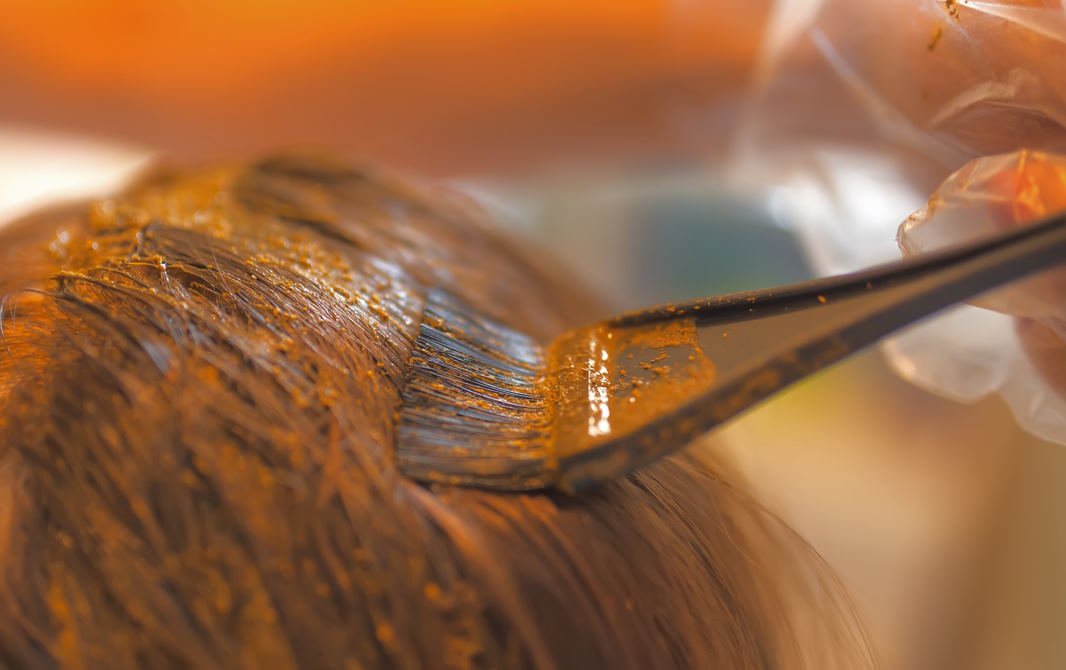How to Use Henna for Hair Color and Care: Tips and Techniques
Posted on May 14, 2022 in Haircuts and Hairdos

Henna is a natural dye that has been used for centuries in various cultures for coloring and conditioning hair. It is an excellent alternative to chemical hair dyes that often come with harmful side effects. Henna not only imparts a beautiful color to your hair but also nourishes and strengthens them. In this blog, we will guide you through the process of using henna for hair color and care, and provide you with tips and techniques to achieve the best results. Whether you are new to henna or a seasoned user, this post will provide you with all the information you need to know to achieve healthy and luscious hair with the help of henna.
Choosing the Right Henna
When it comes to using henna for hair color and care, choosing the right type of henna is crucial to achieving the desired results. Henna comes in various types, each with its own unique properties that affect the color and conditioning of hair. Here are some of the most common types of henna and their properties:
- Neutral Henna (Cassia obovata): Also known as Cassia, this type of henna doesn’t actually provide any color to hair, but it does help to condition and strengthen hair strands. It is ideal for those who want the benefits of henna without any color change.
- Black Henna (Indigofera tinctoria): Black henna is made by mixing natural henna with indigo powder. It produces a dark brown to black color when applied to hair. However, black henna can be dangerous, as it often contains harmful chemicals such as PPD (para-phenylenediamine) that can cause severe allergic reactions.
Now that you know the different types of henna, it’s important to choose the right one for your hair type and desired color. Here are some tips to help you make the right choice:
- Hair Type: Consider your hair type when choosing henna. Natural henna is safe for all hair types, but if you have light-colored hair, be aware that it can produce an intense red color. If you have dark hair, black henna may be a good choice, but be sure to choose a reputable brand that doesn’t contain harmful chemicals.
- Desired Color: If you’re looking to add a red tint to your hair, natural henna is the best choice. If you want to strengthen and condition your hair without any color change, go for neutral henna. For a dark brown to black color, consider black henna, but be cautious and do your research before using it.
- Quality: Always choose high-quality henna from a reputable brand. Low-quality henna may contain harmful chemicals that can damage your hair or cause an allergic reaction.
Applying Henna on Hair
Once you have selected the right type of henna for your hair, it’s time to apply it. Applying henna on hair can be a messy process, but with a little practice and patience, you can achieve beautiful results. Here’s a step-by-step guide on how to apply henna on hair:
Step 1: Prepare the Henna Paste
Follow the instructions provided with your henna to prepare the paste. Typically, you’ll need to mix the henna powder with water, lemon juice, or another acidic liquid until it forms a smooth, thick paste.
Step 2: Protect Your Skin and Clothes
Henna can stain skin and clothes, so it’s important to protect yourself before applying it. Wear an old shirt or wrap a towel around your shoulders to protect your clothes. Apply a thin layer of petroleum jelly or any other oil-based cream around your hairline and ears to prevent staining.
Step 3: Apply the Henna Paste
Divide your hair into sections and apply the henna paste to each section, starting from the roots and working your way down to the tips. Use a hair coloring brush or your hands to apply the paste evenly, making sure to saturate each strand.
Step 4: Cover Your Hair
Once you have applied the henna paste to your hair, cover it with a shower cap or plastic wrap. This will help to retain heat and moisture, allowing the henna to penetrate the hair shaft and provide maximum conditioning benefits.
Step 5: Rinse and Condition Your Hair
After the henna has set, rinse your hair thoroughly with water until the water runs clear. Follow up with a natural conditioner to help detangle and soften your hair.
● Techniques for Achieving Even Coverage and Avoiding Staining:
- Use a hair coloring brush or your hands to apply the henna paste evenly.
- Work in small sections to ensure that all strands are saturated with the paste.
- Use a plastic cap or wrap to cover your hair and retain heat and moisture.
- Avoid getting the henna paste on your skin by applying petroleum jelly or any other oil-based cream around your hairline and ears.
- Clean up any spills or drips immediately to avoid staining.
Aftercare for Henna-Treated Hair
Avoid Shampooing for 48 Hours
After applying henna on your hair, it’s best to wait at least 48 hours before shampooing your hair. This allows the henna to fully set and penetrate the hair shaft for maximum conditioning and color benefits.
Use Mild Shampoo and Conditioner
When you finally shampoo your hair after 48 hours, make sure to use a mild, sulfate-free shampoo and conditioner. This will help to keep your hair hydrated and avoid stripping away the henna color.
Apply Hair Oil Regularly
Applying natural hair oils like coconut oil or argan oil regularly can help to keep your hair nourished and moisturized. This is especially important for those with dry or damaged hair.
Avoid Heat Styling Tools
Heat styling tools like blow dryers, flat irons, and curling irons can damage henna-treated hair and cause the color to fade faster. Try to avoid using these tools as much as possible or use a heat protectant spray if you must use them.
Protect Your Hair from Sunlight and Chlorine
Exposure to sunlight and chlorine can also cause henna color to fade faster. Wear a hat or scarf when you’re out in the sun and avoid swimming in chlorinated water or use a swim cap.
Recommended Hair Care Products for Henna-Treated Hair:
- Sulfate-free shampoo and conditioner
- Natural hair oils like coconut oil or argan oil
- Deep conditioning hair mask
- Leave-in conditioner
- Heat protectant spray



